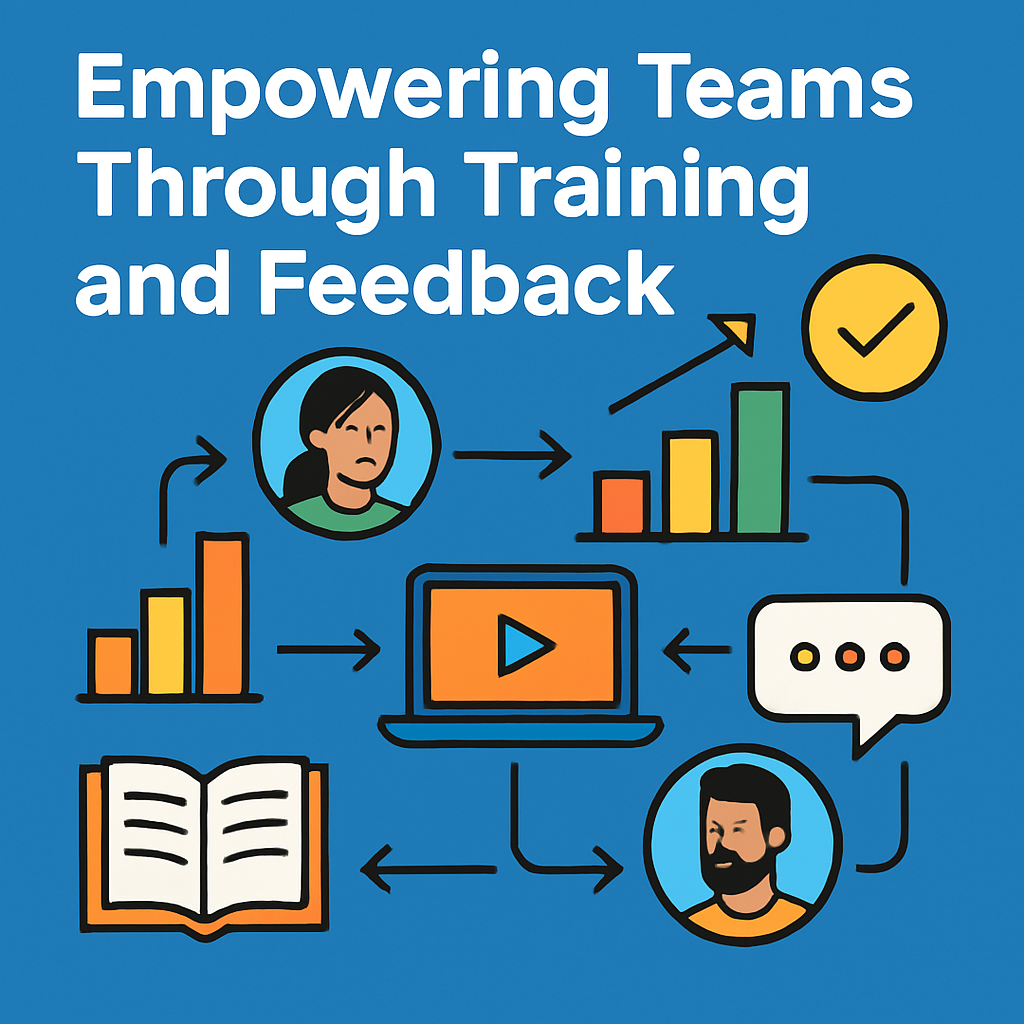
Automation isn’t just about efficiency—it’s about trust, accuracy, and adaptability. And that’s where people still play a crucial role.
AI and automation tools have made incredible progress. They can extract data, route tasks, make decisions, and even respond to customer inquiries. But as powerful as these systems are, there are moments when the best decision is still a human one.
This is the heart of human-in-the-loop (HITL) automation—a design approach that combines the speed and consistency of AI with the judgment, empathy, and accountability of people. Done right, it’s not about choosing between humans and machines—it’s about getting the best of both.
Human-in-the-loop automation is a model where humans stay involved in key parts of an automated workflow—either to validate, override, or assist AI-driven decisions.
Rather than handing off control entirely to a machine, HITL systems give humans checkpoints within a process. They might review an output, confirm an action, or provide feedback that helps the AI improve.
Think of it like cruise control in a car. It handles acceleration, but you’re still steering—and ready to brake if needed. Similarly, Mello might automate approval routing or document classification, but still loop in a human for final sign-off when stakes are high.
This model is especially important in processes involving nuance, regulation, or customer-facing outcomes.
AI isn’t perfect—especially when dealing with ambiguous or edge-case scenarios. A human can catch what a machine might miss.
For example, an AI might incorrectly flag a legitimate expense as suspicious based on a pattern. A human reviewer can verify and correct it, preventing unnecessary delays or frustration.
When decisions impact people—think job applications, medical reviews, or financial approvals—human judgment helps ensure fairness and reduce bias.
A customer flagged by an algorithm as “low value” might actually be a strategic client with unique needs. A human can see the context that AI can’t.
In systems that use machine learning, human feedback is essential for improving outcomes over time.
Every time a user corrects or overrides an AI-suggested decision in Mello, the system learns. Over time, fewer corrections are needed—and confidence in automation grows.
The right balance depends on the process, its complexity, and the consequences of getting it wrong.
Use HITL when:
A customer onboarding workflow might use AI to auto-assign tasks and verify documents, but still require a team lead to approve account creation for enterprise clients.
The goal isn’t to slow things down—it’s to build confidence in automation by making it both smart and safe.
Mello makes it easy to design workflows that integrate both AI agents and human touchpoints.
You can embed AI tasks that classify, route, or act on information—while also including manual review steps, approvals, or human-triggered exceptions.
A procurement workflow might include:
This layered approach ensures your workflows stay efficient without compromising on control or quality.
Not every workflow needs human involvement—but many benefit from it.
Too much automation without oversight creates risk. Too little automation creates inefficiency. The key is matching the level of automation to the nature of the task.
Think of your workflows like a relay race. Let automation run the repetitive legs of the track. Bring in people for the strategic baton passes—where judgment, context, or flexibility matter most.
This balance doesn’t just improve outcomes—it also makes teams more comfortable adopting automation in the first place.
Human-in-the-loop automation isn’t a compromise—it’s a strategy.
It allows businesses to scale smarter, manage risk better, and build trust in automation. And it ensures that as AI gets better, people still stay in control—doing what machines can’t: thinking critically, feeling empathy, and making context-aware decisions.
At Mello, we believe the future of work is AI-augmented, not AI-replaced. That’s why our platform lets you embed both intelligence and intention into every workflow—putting automation and people on the same team.